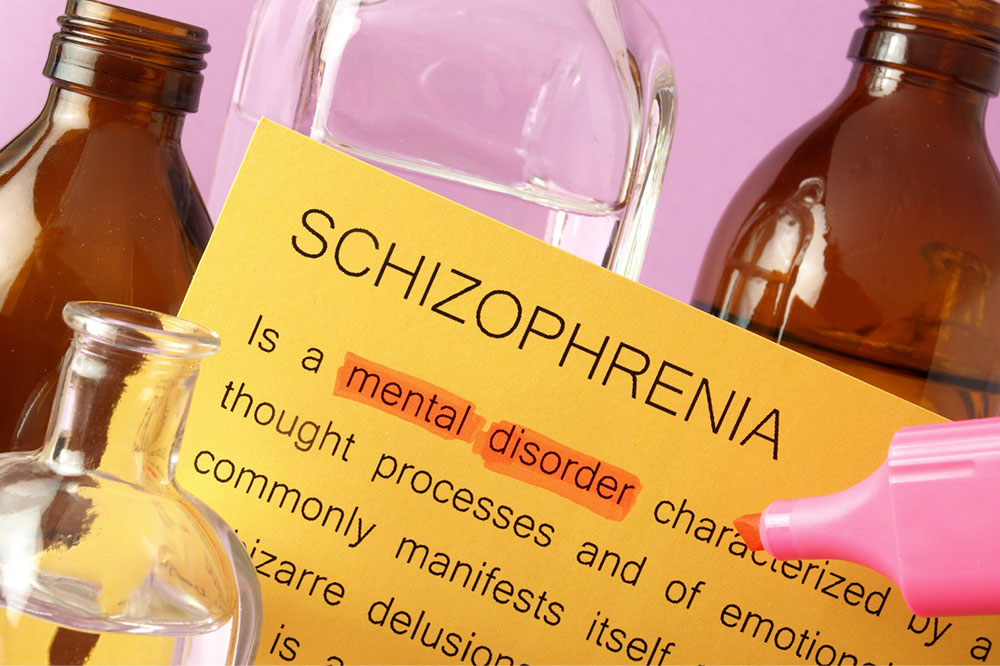
Some common and uncommon signs of schizophrenia that shouldn’t be ignored
The World Health Organization estimates that nearly 24 million people suffer from schizophrenia . It often surfaces during late adolescence and the twenties, and men are more prone to it than women. The condition is usually attributed to significantly distressed personal or professional life. People with schizophrenia have an increased mortality risk due to chronic health issues. Thus, it is necessary to recognize its symptoms for proper diagnosis and cure . Some of these include Hallucinations This is one of the most commonly recognized symptoms of schizophrenia . A person is said to be hallucinating when they claim to see, hear, taste, or feel things that are not present in their real environment. Auditory hallucinations or hearing voices is the most common state of hallucinations. Those with this condition will claim that they hear voices inside their heads. These voices may comment on their behavior, make criticizing remark, or even communicate with the person. These hallucinations can happen even when a person is fully awake and is not inebriated. Delusions Delusions are regarded as beliefs that a schizophrenic person may possess that are difficult to comprehend and, at times, feel strange. There are different types of delusions that people may feel Referential delusion:
Read More 










